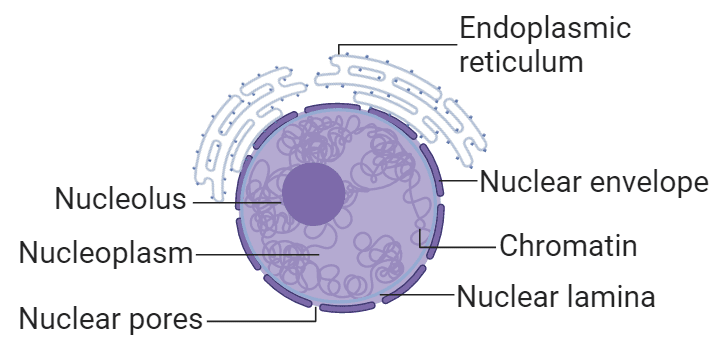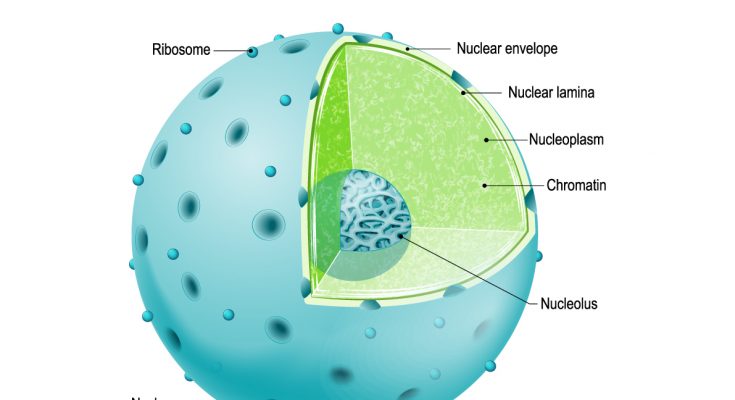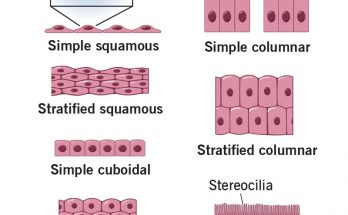Nucleus – Definition
Nucleus is the largest cell organelle which contains genes and it controls the activities of the cell. It is also called the brain of a cell.
Structure of Nucleus

- Nucleus is composed of a double layered covering called a head nuclear membrane. It has numerous pores called nuclear pores. They transfer the materials from inside the nucleus to cytoplasm
- The nucleus contains chromosomes. When they are visible as rod-shaped structures only when the cell is about to divide.
- Nucleus encloses a liquid ground substance called nucleoplasm. It contains nucleolus and chromatin material.
Also Check – Cell membrane (Plasma Membrane )- Structure, Composition, Characteristics and 6 Important Functions
5 Important Characteristics of Nucleus
- Nucleus is Membrane enclosed cell organelle found in Eukaryotic cell
- Nucleus is the largest cell organelle which is mostly spherical and dense.
- Nuclear membrane has pores to allow substances to enter and leave.
- Nucleus contains a network of thread-like structures called chromatin fibers which contain DNA.
- Nucleus also contains RNA that directs protein synthesis.
Functions of Nucleus
- Nucleus regulates cell functions.
- If Nucleus is removed, the cell dies.
- Nucleus contains chromosomes (bearers of genes that control hereditary characters). Read more…


10 Comments on “Nucleus- Definition , Structure, Characteristics and Functions – Class 9”